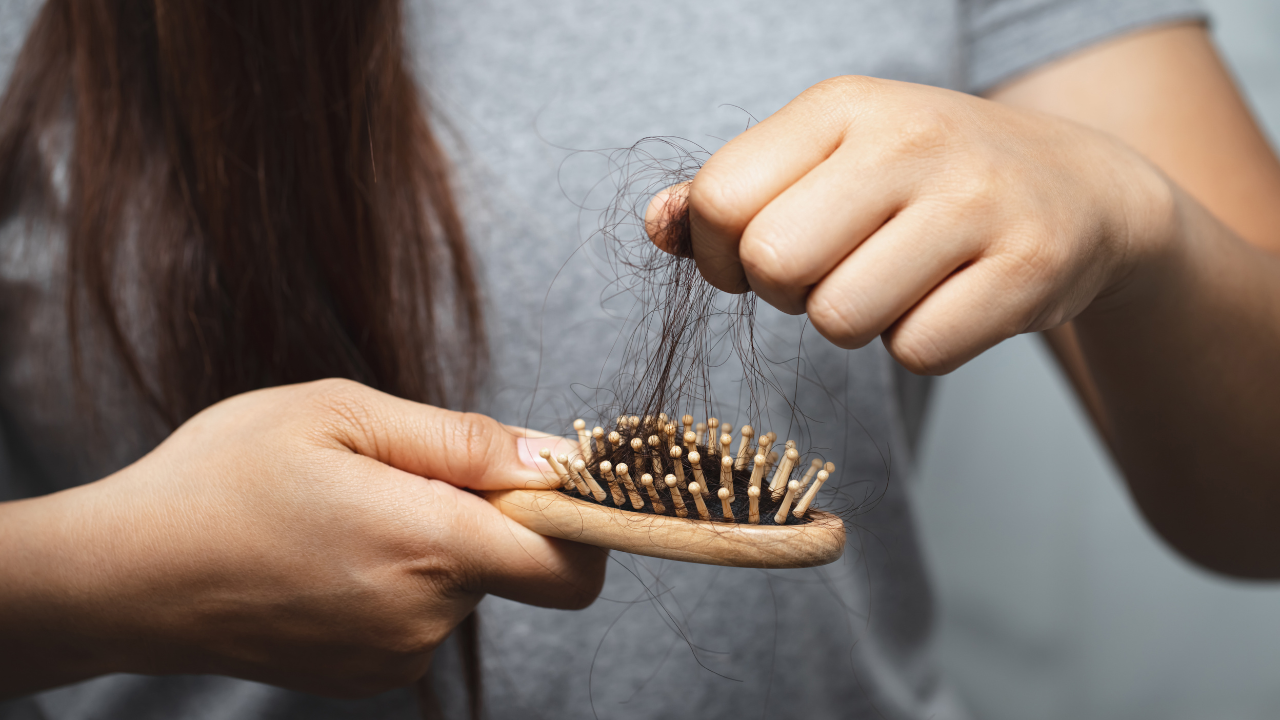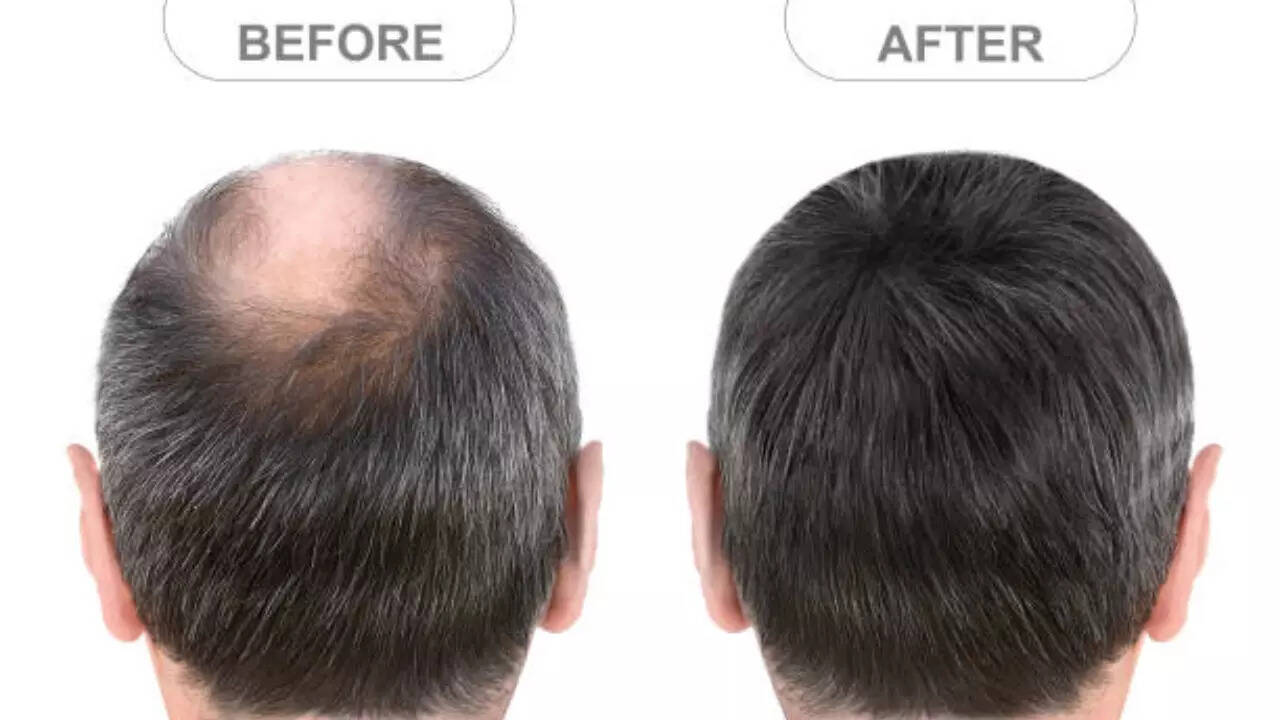
Tried every topical hair serum, scalp massage and “miracle” supplement for hair loss but landed with little to no visible improvement in your receding hairline? Sweat not as a quiet revolution is unfolding in hair care: oral minoxidil. Once a blood-pressure pill that had the happy side effect of hair growth, minoxidil is being reimagined for pattern hair loss in low, steady oral doses and new extended-release formulations that could make it more effective and more convenient than ever.For years, thinning hair has haunted thousands of women and men alike who have tried every topical scalp tonic and every high-priced supplement with waning hope but now there is a quiet revolution brewing in hair-loss treatments. Oral minoxidil, unlike many trendy fix-everything solutions, may just deliver real results and be more affordable than you imagined.
What is oral minoxidil and why the buzz now?
Minoxidil’s origin story is surprising – it was originally developed to lower blood pressure. According to a recent Harper’s Bazaar report, the drug was first approved in 1991 in its topical form (famously under brands like Rogaine) and is still one of the go-to options for hair-loss treatment. Minoxidil was originally used an antihypertensive but clinicians noticed hair growth as a side effect and topical minoxidil (Rogaine) became the first widely used, FDA-approved hair-growth treatment.

Say Goodbye to Hair Loss Hassles: The New Extended-Release Oral Minoxidil Is Coming Soon
Recently, dermatologists have revisited low-dose oral minoxidil (LDOM) because a daily pill avoids messy topical application and can improve adherence. The most exciting part is that biotech firms are testing extended-release oral formulations that are designed to keep hair follicles exposed to minoxidil steadily over 12–24 hours, potentially giving better results with fewer peak-level side effects. This was the thrust of a feature in Harper’s Bazaar summarising new phase-2/3 programs.
Does it actually work?
A comprehensive 2021 review in the Journal of the American Academy of Dermatology, collated multiple studies and concluded that low-dose oral minoxidil produces clinically meaningful hair-density improvements across androgenetic and other alopecia and can be considered when topical therapy is impractical or poorly tolerated. In other words, oral minoxidil has demonstrated efficacy for various types of alopecia and appears to be a viable alternative to topical therapy when used at low doses.Oral minoxidil 5 mg once daily effectively increased hair growth in our male patients with androgenetic alopecia and had a good safety profile in healthy subjects, or so a 2020 study in International Journal of Trichology claimed. The controlled clinical series found that a 5 mg daily oral dose produced measurable increases in hair counts in men over months, with side effects generally manageable in screened patients. The study helped revive interest in carefully dosed oral regimens.A 2021 multicenter safety study in the Journal of the American Academy of Dermatology reported that low-dose oral minoxidil (varied dosing) was tolerated by most patients where common side effects included hypertrichosis (excess hair growth), light-headedness or pedal oedema in a minority, reinforcing that medical screening and follow-up are essential.

Why This New Oral Minoxidil Could Be the Hair Growth Miracle You’ve Been Waiting For
Oral minoxidil, 5 mg once daily for 24 weeks did not demonstrate superiority over topical minoxidil 5% twice daily in men with androgenetic alopecia. This was found by a 2024 randomised trial in JAMA Dermatology where researchers noted similar efficacy between a moderate once-daily oral dose and standard topical 5% minoxidil across 24 weeks, suggesting that oral minoxidil is a practical alternative rather than a guaranteed superior option. A recent 2025 systematic review and meta-analysis concluded that oral minoxidil yields benefit, especially at doses >1 mg but called for more long-term safety data. Published in Frontiers in Pharmacology, the aggregated evidence points to consistent hair-density gains with oral minoxidil, improved patient adherence versus topical therapy and an acceptable safety profile when patients are screened and monitored. Yet, researchers urge continued trials (including the new extended-release formulations) to define optimal dosing and long-term risks.
Who is likely to benefit?
- People frustrated by topical minoxidil (messy application, scalp irritation).
- Adults (men and increasingly women) with androgenetic (pattern) hair loss who prefer a once-daily pill.
- Those seeking a lower-cost, evidence-based therapy compared with high-end devices or repeated clinic procedures because oral minoxidil can be prescribed generically and costs less than many procedural options.
Safety first: What the studies say you must watch for
- Cardiovascular effects: Minoxidil is a systemic vasodilator in its original use. While low doses and extended-release formulations aim to minimise peaks, anyone with heart disease, uncontrolled blood pressure or on multiple cardiovascular drugs requires cardiology clearance. The Harper’s Bazaar piece and clinical reviews stress cardiac-risk mitigation and monitoring.
- Hypertrichosis: Excess facial or body hair is a common, often reversible side effect at certain doses (documented in the 2021 JAAD safety series).
- Fluid retention/oedema and light-headedness: Reported in a minority so, monitor weight, swelling and dizziness, as per the 2020 multicenter safety data.
Oral minoxidil can be safe and effective when prescribed after appropriate screening (medical history, baseline BP, pregnancy test for women of childbearing potential) and when medical follow-up is in place.
Why the new extended-release pills matter
Veradermics and other companies are developing extended-release oral minoxidil specifically for hair loss (e.g., VDPHL01), with the stated aim of delivering steady follicular exposure while reducing peak blood levels that could provoke cardiac effects. Early phase-2 signals reported fast, measurable hair count gains in small cohorts and have sparked large phase-3 programs. If phase-3 results hold up, an FDA-approved oral minoxidil formulated for hair loss (rather than off-label use) may arrive that will increase access and standardise dosing and safety checks.
Practical next steps: Talk to your dermatologist, not Google)
- Get evaluated first – Rule out reversible causes (thyroid disease, iron deficiency, medication side effects). Studies emphasized that careful selection matters.
- Ask about dosing – “Low-dose” regimens range widely in the literature (e.g., 0.25–5 mg). Your provider will pick a dose tailored to your risk profile and goals.
- Baseline checks – Blood pressure, ECG (if indicated), pregnancy test for women of childbearing age and a plan to monitor side effects (weight, oedema, heart symptoms). JAADafety series recommend this approach.
- Measure progress – Take photographs, hair-count metrics or patient-reported outcomes at 3–6 month intervals as Harper’s Bazaar summary of phase-2 data and clinical trials typically report changes at 2–4 months and more robust gains by 6–12 months.
- Consider long-term plan – Minoxidil (topical or oral) usually requires ongoing use to maintain gains. Discuss maintenance strategies and exit-plans with your doctor.
Oral minoxidil is not yet FDA-approved for most oral formulations but topical minoxidil is approved. Extended-release pills are in phase-3 trials that could lead to an approval filing. It is cheaper than other options as generic oral minoxidil prescribed off-label can be less expensive than some device/clinic therapies hence, when (and if) an FDA-approved oral product hits the market, insurance coverage patterns will matter. As for whether it regrow a full head of hair, expect realistic improvements in density, slowing of loss and visible gains for many patients but responses vary. Clinical trials show meaningful average increases but not complete restoration for everyone. Oral minoxidil is not a miracle pill but it is a practical, evidence-backed and increasingly affordable option for many adults with pattern hair loss. The best evidence to date supports low-dose regimens with medical oversight and the newest wave of extended-release pills could make oral therapy even safer and more effective. If you are tired of messy topicals and want a real conversation about prescription options, booking a dermatologist visit is the sensible next move.

